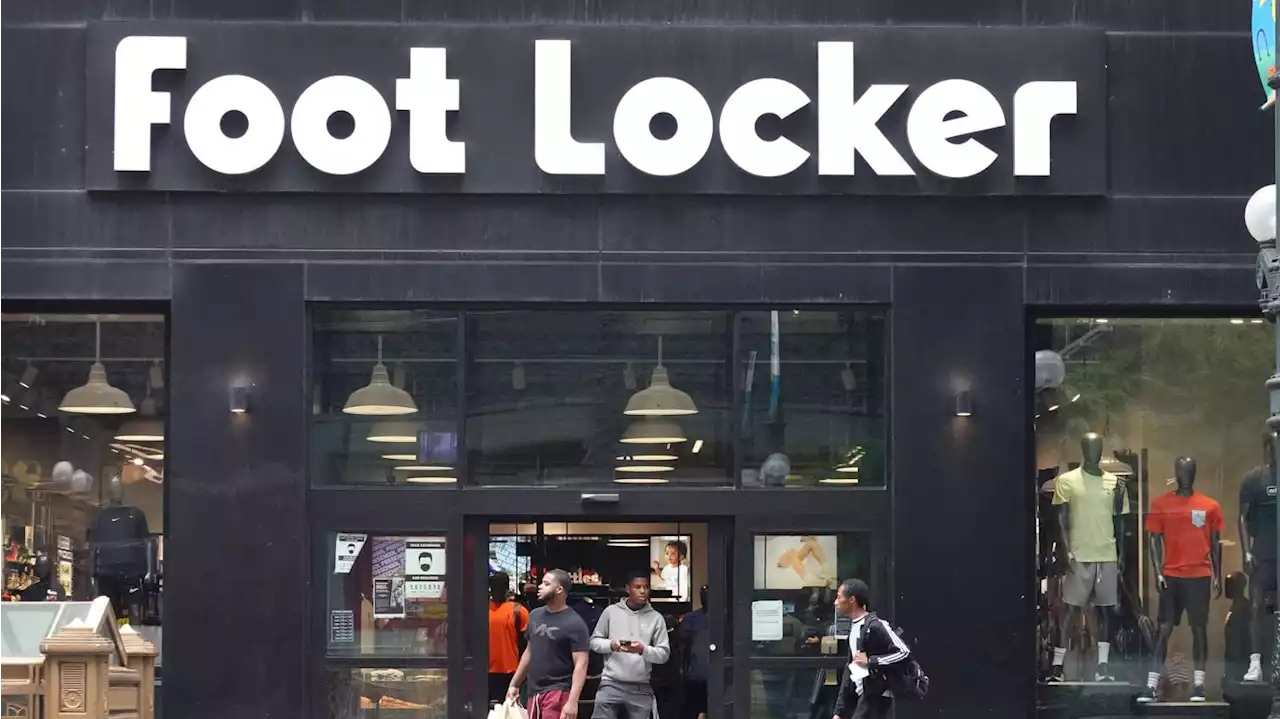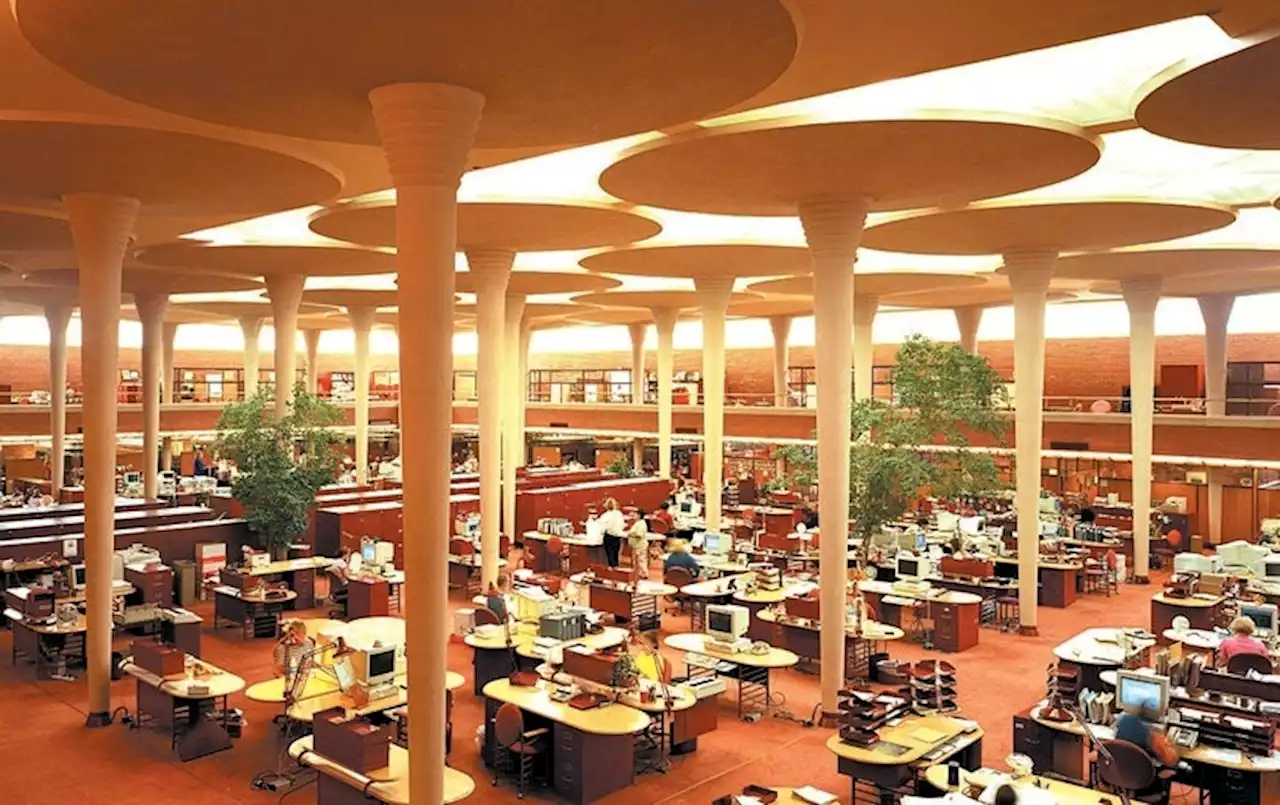Open-office designs create productivity and health problems. New insights from Deaf and autistic communities could fix them
In 1967 chemical company DuPont gutted a floor of an office building in Delaware and rebuilt it. The firm put almost everyone into one big room with low partitions. In one corner, they provided a lounge with armchairs and Eero Saarinen end tables. This was the first major corporate adaptation of an “open-plan” office in the U.S., following the latest thinking by German architectural designers.
Now designers are rethinking not so much the idea of an open office as its execution. In particular, they are doing more to accommodate a diversity of working styles. This trend overlaps with a movement toward inclusive design, which seeks to support people who are hard of hearing or autistic, as well as others who have trouble with conventional offices. Some of the architectural changes that reduce discomfort and productivity issues for these people work for open-plan offices in general.
The second finding is that factors such as job function and gender influence how happy or unhappy people are with an open office. In early surveys, for instance, clerical workers said they were happier with an open office—it gave them someone to talk to while filing papers or transcribing memos. Women, however, have more recently reported a distressing fishbowl effect.
But there is an important proviso: offices need plenty of nooks. In 2019 Bodin Danielsson and Töres Theorell of Stockholm University studied hot-desking offices that skimped on breakout rooms or otherwise didn't have enough space for everyone to find a work space to their liking, and employees were unhappier with this office type. When the goal is to pack in as many employees as possible, the nonterritorial office loses whatever advantages it had.
Deaf people have a lot of experience with getting open floor plans just right. They often prefer an open plan because it gives them clear views of other people for signing. But they don't always want too much openness, either, because movement in the background can keep drawing their attention and lead to eye fatigue.
Not every feature is a win-win, though. Making a room hypertransparent for people who are deaf may overstimulate people who are autistic. Widening a hallway to give people who are deaf more room to sign may make it harder for people who are blind to find their way. “Part of our philosophy in MIX is to ensure that that intersectional approach doesn't, by creating access to one cohort, create a barrier for another,” Mostafa says.
Brasil Últimas Notícias, Brasil Manchetes
Similar News:Você também pode ler notícias semelhantes a esta que coletamos de outras fontes de notícias.
 Foot Locker to close 400 under-performing stores and 125 Champs SportsThe company also plans to open new hundreds of new concept stores.
Foot Locker to close 400 under-performing stores and 125 Champs SportsThe company also plans to open new hundreds of new concept stores.
Consulte Mais informação »
Shake Shack, In-N-Out burgers will open new Webster locationsShake Shack and In-N-Out burgers are coming to Webster. The popular burger establishments...
Consulte Mais informação »
 Respawn Entertainment To Open New Studio In WisconsinRespawnEntertainment revealed this week they have opened up a brand new game studio in Madison, Wisconsin.
Respawn Entertainment To Open New Studio In WisconsinRespawnEntertainment revealed this week they have opened up a brand new game studio in Madison, Wisconsin.
Consulte Mais informação »
 Why closing prisons will open a new path toward a safer CaliforniaGov. Newsom has created an opportunity for California to begin its long-awaited journey towards a system of justice rooted in prevention rather than punishment, write Cristine DeBerry and Craig Han…
Why closing prisons will open a new path toward a safer CaliforniaGov. Newsom has created an opportunity for California to begin its long-awaited journey towards a system of justice rooted in prevention rather than punishment, write Cristine DeBerry and Craig Han…
Consulte Mais informação »
 L.A. strongly approves of Mayor Bass but skeptical about fixing homelessness, poll showsWhat do Angelenos think about the start of Mayor Bass' tenure? Is the emergency declaration on homelessness working?
L.A. strongly approves of Mayor Bass but skeptical about fixing homelessness, poll showsWhat do Angelenos think about the start of Mayor Bass' tenure? Is the emergency declaration on homelessness working?
Consulte Mais informação »
 For Once, Student Cries for Stricter Gun Safety Don't Fall on Deaf EarsStudent activists from East High School are finally getting local officials to listen to them about gun violence and school safety solutions.
For Once, Student Cries for Stricter Gun Safety Don't Fall on Deaf EarsStudent activists from East High School are finally getting local officials to listen to them about gun violence and school safety solutions.
Consulte Mais informação »
